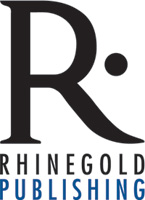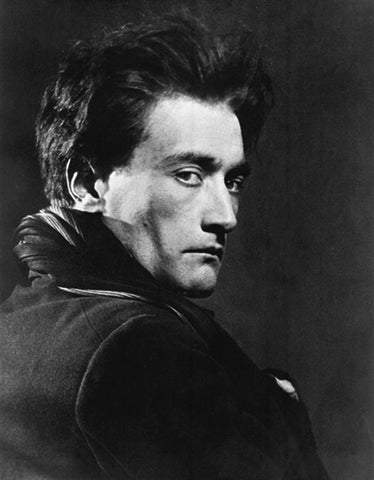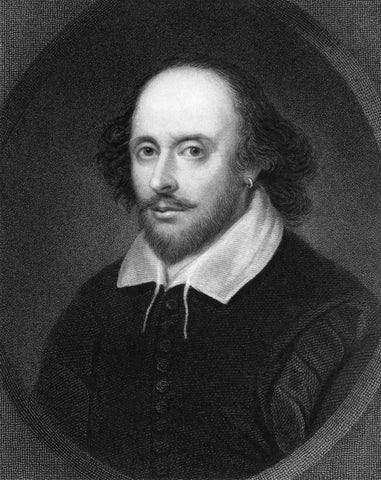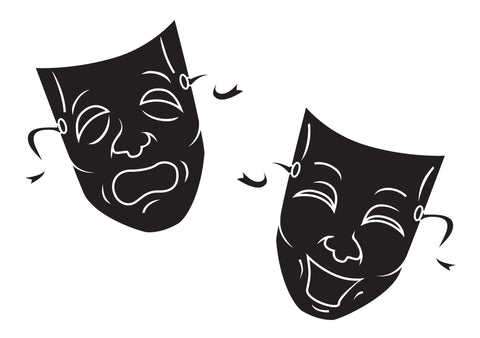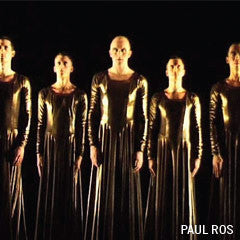
Postmodern approaches to Performance since 1960
£14.95
This is an A2 unit and students can be entered for the written examination in either the January or June session of their second year. It is worth 30% of A2 and 15% of the A level. The guided learning hours are 54 hours. The unit can be delivered over 12–13 weeks on approximately 4 hours or more a week. The unit can be delivered during the autumn term of the second year of A-level study.
Candidates should study nine extracts from nine different texts/pieces. These extracts must cover at least three practitioners, one for each of the three art forms dance, drama and music. Candidates can study three practitioners for each art form so each extract could be by a different practitioner making a total of nine practitioners. When choosing the extracts try to cover a wide period of time as this will help candidates to discuss the changes that have taken place in the genre from 1960 to the present day. It is difficult to say how long each extract should be as this will vary from one work to another but the exam board recommend that the total duration of the nine extracts should be somewhere between four and six hours. More than nine extracts can be mentioned. Make sure that the practitioners you choose for study are not those you taught for Performance Contexts 1 although you can study practitioners from that unit if you did not do them previously.
This unit follows on from G402 Performance Contexts 1 and takes a broader approach to the study of the works. More than nine extracts may be mentioned but nine is the minimum number. For each extract candidates must be able to give the date of the work and relevant details such as the names of the designers of set, lighting, multi-media and costume as well as the people responsible for sound and music.
The students need to be able to demonstrate how the genre changed over time and a timeline showing key events in the world would be a useful starting point. Some discussion should take place about what was happening just before 1960 and how postmodernism was a reaction to modernism.
Students should comment on the way the art forms of dance, drama and music are treated in the extract, how they work together and how they are used separately. Students should be able to comment on the different approaches used by practitioners as well as the similarities between them.
Overview:
- Lesson 1 – introduction to topic and approach to study
- Lessons 2 to 10 – the nine extracts
- Lesson 11 – revision and pulling the strands together/discussion of essay questions and essay planning Lesson 12 – the mock exam
- Lesson 13 – feedback on the mock/suggestions for improvement/further essay planning/ exemplar essays and mark schemes.
Number of lessons: 13
